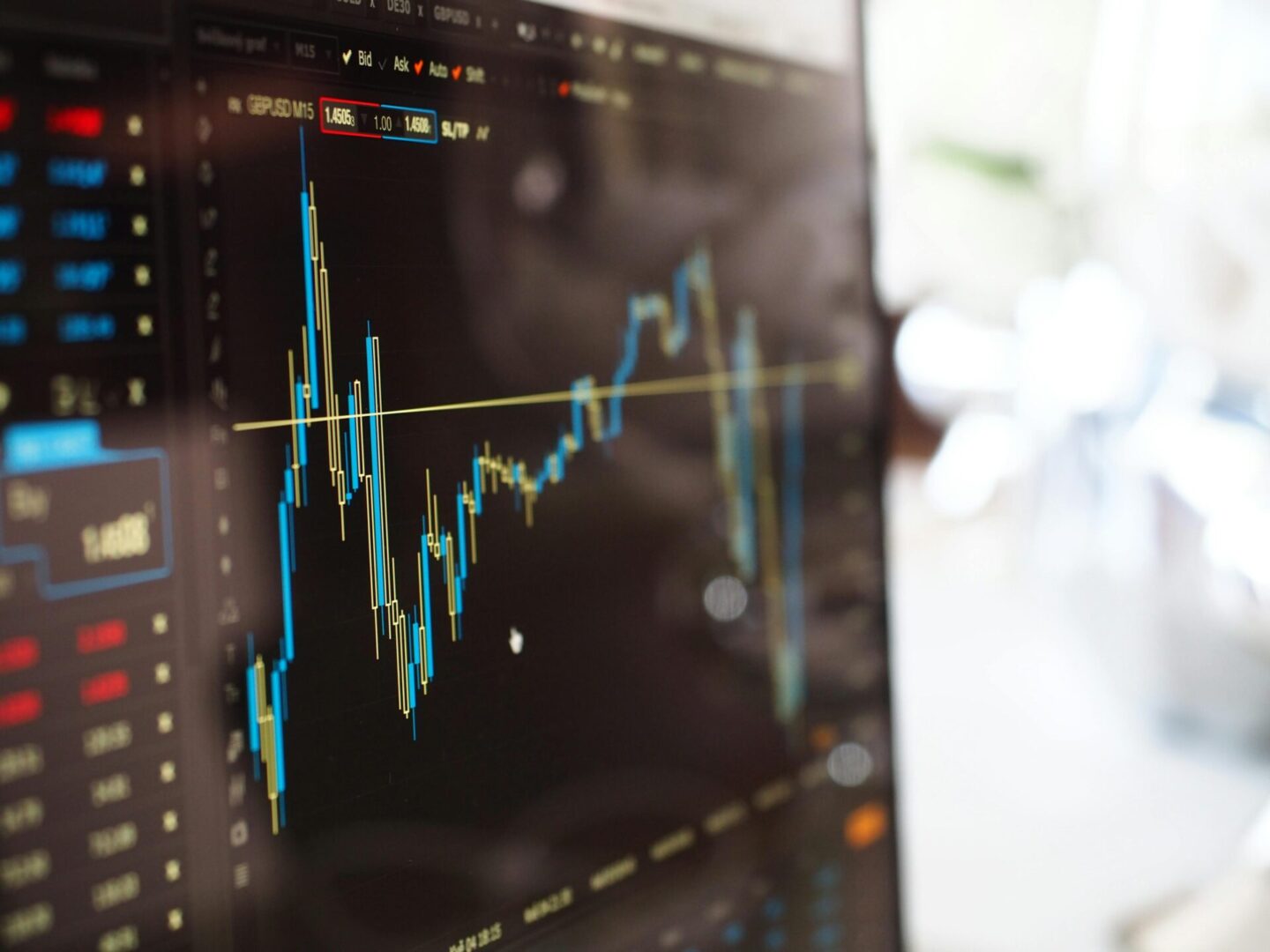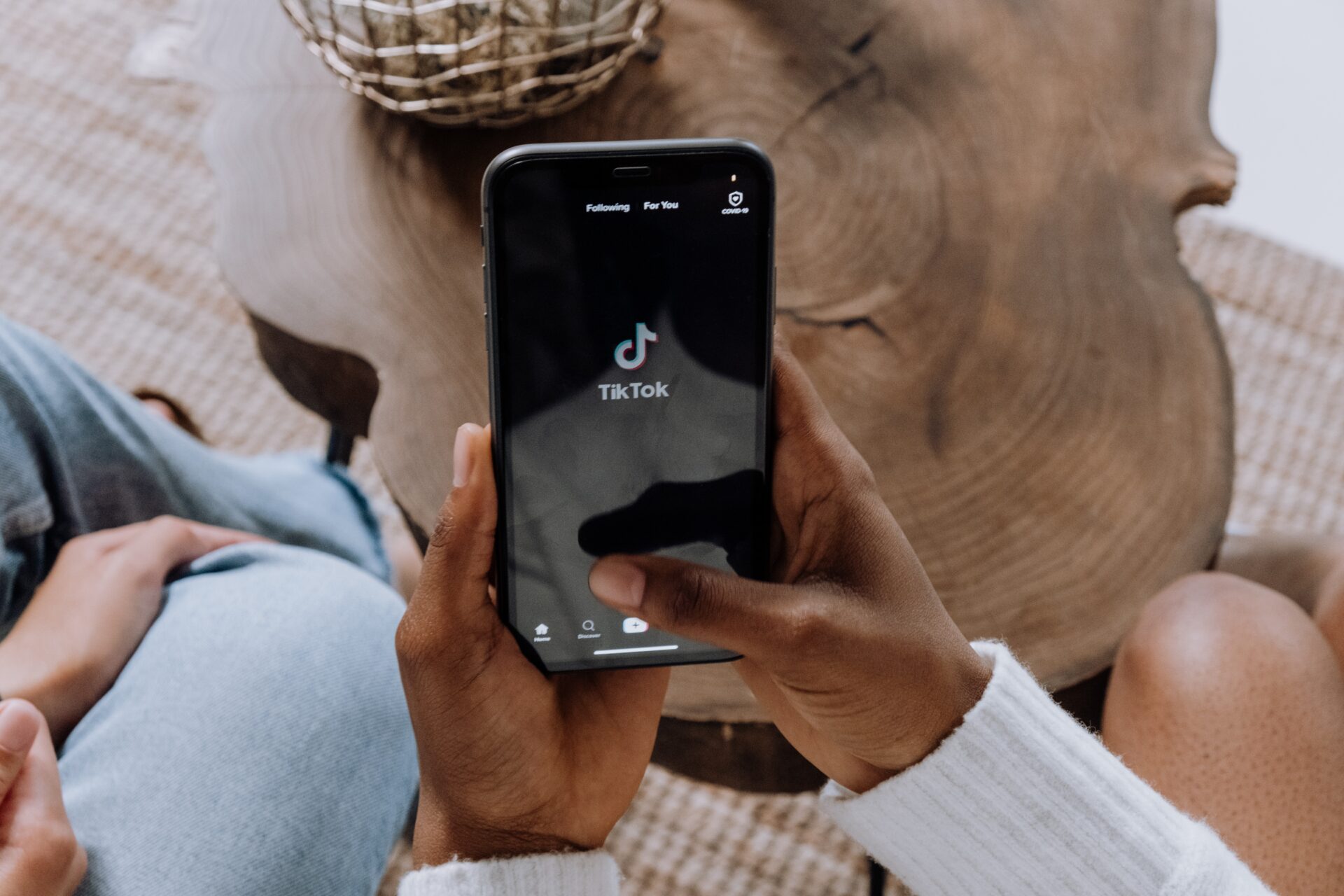Google have clarified their stance on their approach to user privacy as the 3rd party cookie is depreciated by saying they will “not build alternate identifiers to track individuals as they browse across the web” or use them in products.
With this new update, Google have stated they will not be supporting any of these alternative identifiers in their product stack. Instead, they’re moving towards a more ‘privacy-first’ solution that leverages their new Privacy Sandbox and Federated Learning of Cohorts (FLoC) approach that aggregates and anonymises users.
They’ve also commented on these alternative solutions the industry is pursuing, stating they “don’t believe these solutions will meet rising consumer expectations for privacy, nor will they stand up to rapidly evolving regulatory restrictions”.
Whilst this is a positive step for user privacy, it’s going to have a noticeable impact on the way that we can accurately target and measure digital campaigns. It will affect our ability to leverage audiences across different products, and environments will become even more challenging. For our clients, their use of 1st party data is going to be crucial in order to combat these changes and so reviewing the quality and availability of this data will be more important than ever.
S4’s Sir Martin Sorrell has said Chief Marketing Officers should take note that this reiterates the importance of 1st party data and how consumer trust and privacy are moving to the forefront of marketing. He says “With Google Chrome removing support for third-party cookies by 2022, the time for marketers to start investing in the future is now”
The changes to the digital landscape are coming sooner than later, so clients really must act now to make sure they’re positioned in the best place to mitigate these upcoming changes. Identity solutions, while a potential quick fix, look like they may be short lived if additional regulations and browser changes come into play. As the technology that underpins the digital landscape changes, we must adapt and change with it, including shifting the ways we optimise and measure campaign effectiveness.








Recent Comments